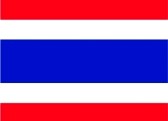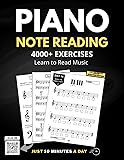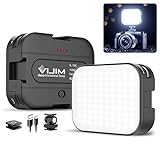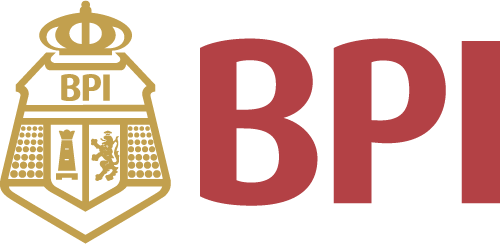All Categories



Learn Music Theory: Workbook for Beginners. Step by Step - Fundamental Music
Share Tweet
Get it between 2025-11-03 to 2025-11-10. Additional 3 business days for provincial shipping.
*Price and Stocks may change without prior notice
*Packaging of actual item may differ from photo shown
- Electrical items MAY be 110 volts.
- 7 Day Return Policy
- All products are genuine and original
- Cash On Delivery/Cash Upon Pickup Available








About Learn Music Theory: Workbook For Beginners. Step By
“Learn Music Theory” If you want to understand and learn music theory like all professional musicians do, then this book may be perfect for you. The secret of music education is hidden in the way of learning. Most people want to learn all aspects of music theory as quickly as possible - preferably by reading some "magic" book. And you know what, you can read a book about all the elements of music theory (you can even read many of them), but it probably won't help - because music education works completely differently. This book - which is the main workbook in the "Learn Music Theory" series - contains educational material on musical notation and is designed in such a way that you learn subsequent issues step by step in a logical and coherent sequence - exactly like professionally learned students in music schools. What will you find in this workbook? Knowledge of musical notation - i.e. basic issues of music theory, such as: staff (stave) and ledger lines musical clefs notes in different octaves (with sharps, flats and naturals) rhythm (and all note/rest values) bars and time signature 2. Lots of practices and questions testing your skills at every stage. 3. Logical connection between each musical element. 4. Simple and understandable language. 5. A transparent graphic form giving a sense of order and logic. But that's not all we have prepared for you. This book is the main textbook of the series, which contains 3 additional workbooks - Music Note Spellers. So if you need more practice, you can use them (which will certainly deepen your development in the field of music. If there are still questions in your head, I will now answer the most common ones. How quickly can I learn this? Honestly, exactly as fast as you want. As a teacher, I can say that acquiring this knowledge may take a month, two months, three or even half a year, but it all depends mainly on your commitment and the time you devote to your development. But remember - the first thing is to understand and remember everything really well, not to do it quickly. Who can this book help? This book can help both students and teachers. If you are a student, whether you play the piano, guitar, violin, flute, saxophone, trumpet, sing or create your own music, this book is for you because the theory for all musicians is the same. If you are a teacher, you will certainly find the exercises (practices) included in this series useful in working with your students (we definitely recommend the entire series). Is this book for beginners, children or adults? Everyone who starts learning music theory learns the same thing, so the age of the learner does not matter much. However, throughout this series, very simple and clear language was used so that every student (small and old) could easily understand all the issues. In addition, we have included a "guide" (a specially musical person) in the book who guides the student through each issue step by step. And all this to simply make these books easy to work with and pleasant. This book can be used by beginners of all ages, and the only condition is the ability to read independently with understanding. Does the book use American or British language for musical names? Both forms - American and British - are used in the book, along with a detailed explanation of these differences in musical names. If you need even more information, go back to the top and use the "Read sample" function and see what's inside. And if you want to see that learning music at a professional level can be quite good fun, buy the book now (or the entire series) and enjoy your own development. Good luck.




























